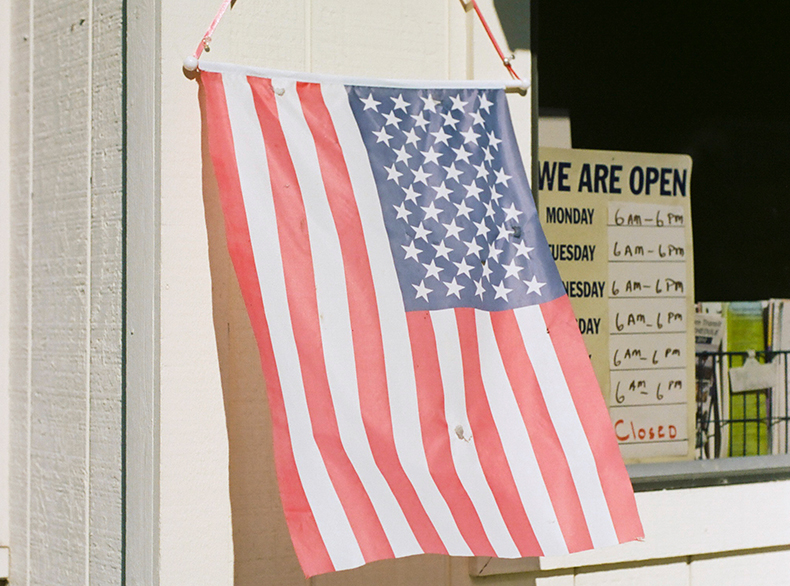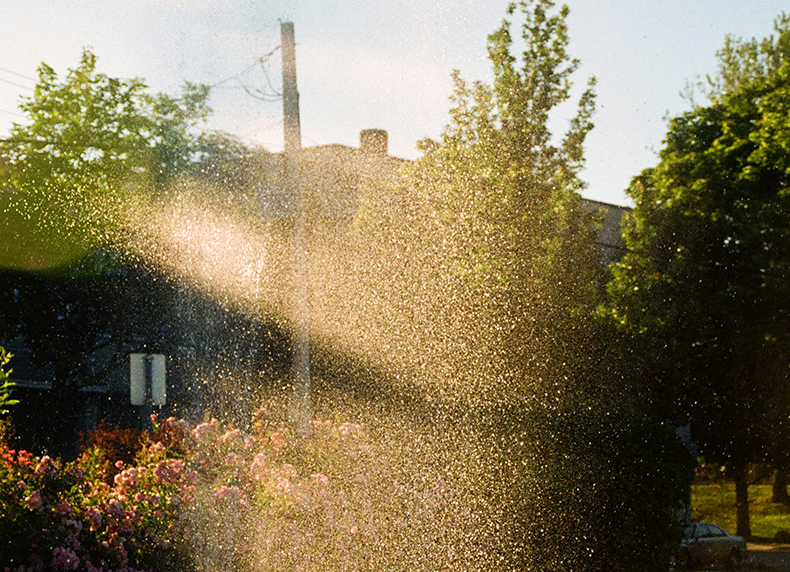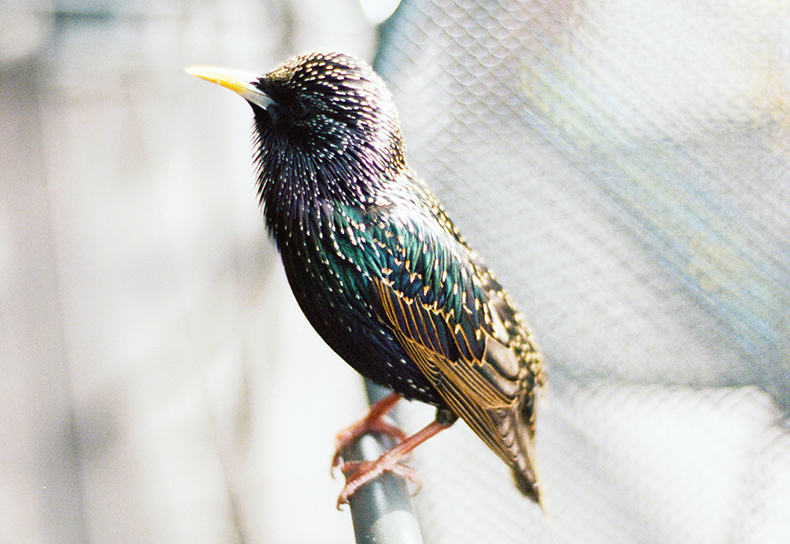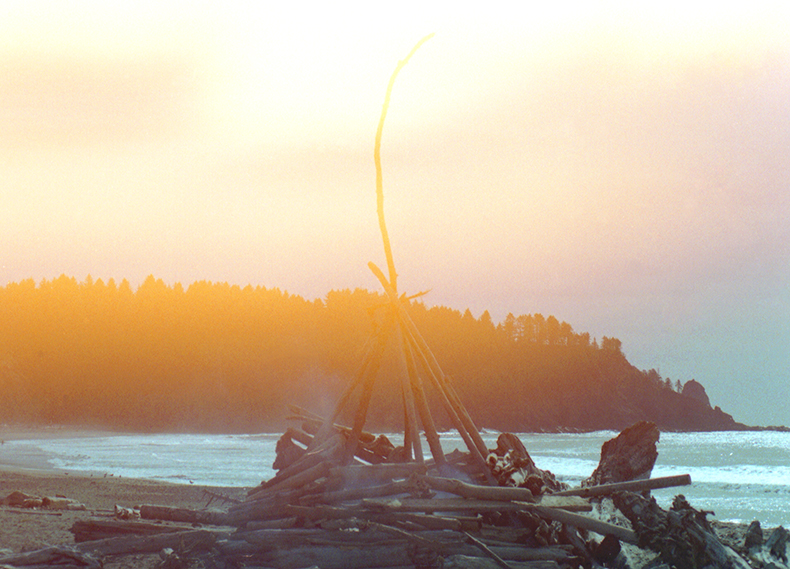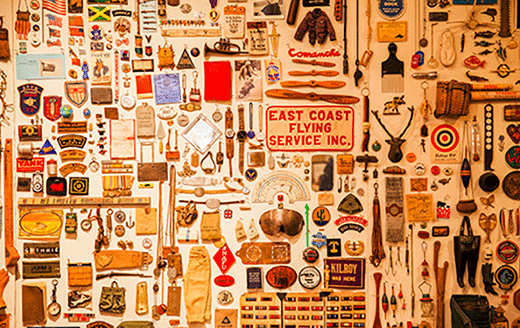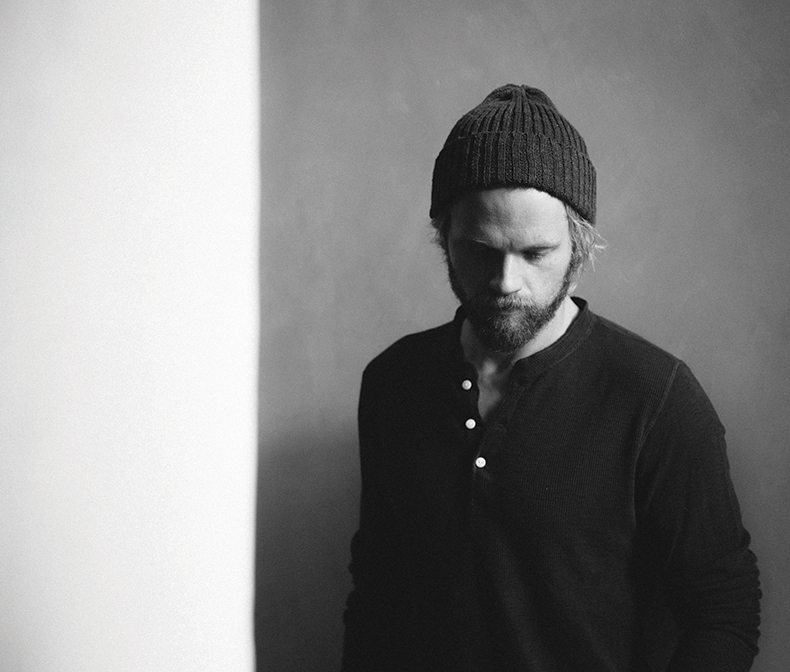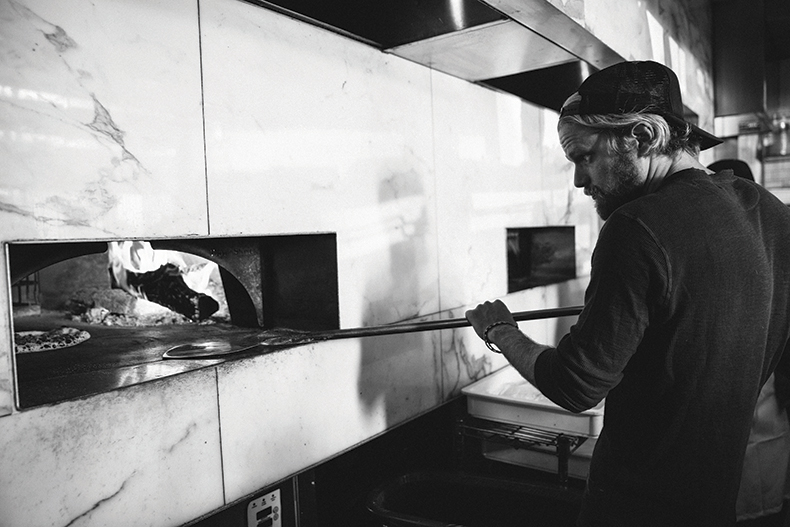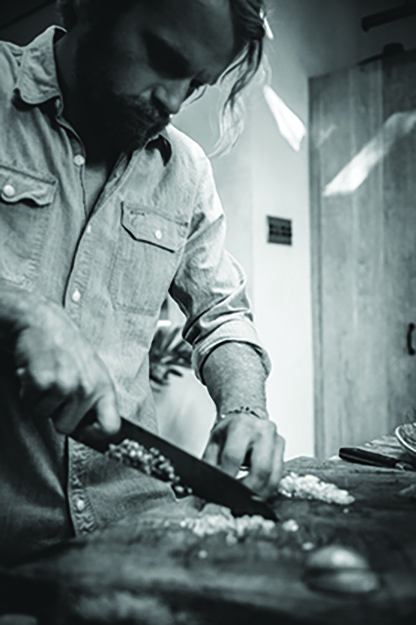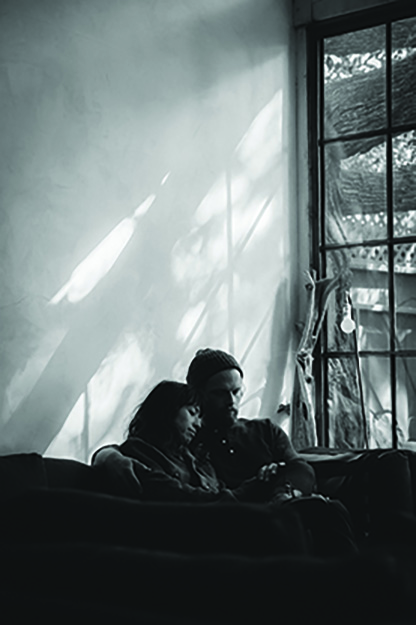Jennilee Marigomen’s work suggests that she’s a keen observer of her surroundings.
There are plenty of stolen moments. A car’s windshield reflecting a dreamy light. A cigarette in a puddle of leaves. Three pretzels stacked on a vendor’s cart. The Vancouver-based photographer describes her work as “quiet, aware and unassuming.” She adds, “Intimate and distant at the same time. Ephemeral.”
Her work is deceptively simple. To capture the mundane and the magical at the same time is a talent. “I think that a lot of my photos capture a familiar yet specific truth that is common to everyone,” she says. “Something that you can look back to and feel at that moment in time, everywhere and every day.”
Jennilee remembers the first photo she took that made her happy, that made her think, Maybe I’ve got something here. It was in 2008, on her way home from Stanley Park, when she “came across crepuscular light rays filtering through the branches of a tree and onto the wall of an apartment building. The stunning display of light and shadows wavered in the wind, and slowly faded in and out. I was completely engaged by this momentary image, even though it was just a simple occurrence that happened at the same time every day.”
She first experimented with photography in high school when she was given a 35mm Nikon camera. Though she joined the photo club and became enthralled with the darkroom, she says she shot here and there but didn’t really know what she was doing. Fashion then became her focus, so it wasn’t until four years ago that she bought a digital camera, and in learning how to use it, she found her way back to 35mm photography.
In a short period, she’s won the Magenta Foundation’s Flash Forward Emerging Photographer Award and Dazed & Confused magazine/Foam museum’s “What’s Next?” competition. She has released two books, Seconde Nature and Queen of Tsawassen . She also does commissioned work and is the photo editor of 01 Magazine , an online art, culture and fashion magazine.
When it comes to training, she is mostly self-taught and considers the work of other photographers the best learning tool. She has thoroughly embraced technology and social media, cataloging her work and inspirations on various blogs. One of those is Shooting Gallery, an online archive of photographers who talk about their work.
“I love photography on the internet,” she says, referring to instagram as a daily practice. “The internet is a big part of how I learned, developed my style, got feedback and connected to others—other photographers and potential clients and collaborators.”
Some of her favorite photographers are Wolfgang Tillmans, Jason Fulford and Jason Nocito. She also draws inspiration from fine art, sculpture and design, and she’s interested in design for children, specifically mentioning the work of designer/artist/ polymath Bruno Munari’s illustrated children’s books. As an avid walker throughout her native city, she likes to put on headphones and set out to find what she finds.
Unsurprisingly, she is eager to travel and stumble on new tableaus. She camps along the coast of the Pacific Northwest frequently, in surf spots like Tofino, British Columbia and La Push, Washington. She calls them places “with a mysterious fog over their bodies of water,” she says. “The forests are so green and lush, unlike anywhere I have ever been. I run on ‘island time’ when I’m at those places. I look at things more closely, and for a long time.”
But even when she goes farther afield, like to Mexico for her 2012 “Window Seat” series for Inventory magazine, she brings with her a distinct eye. “I think that my aesthetic and sensibilities stay consistent wherever I go, and my images stay, for the most part, calm and introspective.”
When she’s the viewer, she is drawn to work that has the “individual viewpoint, spirit and sensibility of the person taking the photos. I love it when I can look at a series of photos by someone and can tell that they have a great sense of humor. You can get a sense of people who are like-minded. I like that honesty.”
If there’s a message to convey in her work, she’s not particularly concerned with it. “The images that resonate with me are the ones that embrace a certain kind of ambiguity and leave room for interpretation,” she says. “The only response I want from the viewer is to feel something visceral.” An example is her photo of a deer stopped frozen in a suburban driveway. Startling? Sweet? Incongruous? It’s up to you.
As a photographer who loves spontaneity and serendipity, she still has to mix instinct with careful planning. When working for a fashion client, she has to meticulously plan the day—the shots, the environment, accommodations for weather and light, and each backdrop. But once the legwork is done, the rest just flows.
She admits she is sensitive visually, especially in tune to things that are askew or amiss. “Whether it was caused by nature or a human, I find it very humorous in a playful way and try to show that in my photos. I see something out of place, I laugh quietly to myself and snap a photo.”
Most photographers imbue their work with their own personality, and the way Jennilee tells it, hers matches up quite succinctly. “I took a Myers Briggs Personality Test once and I am an ISFP— introverted, sensing, feeling, perceiving,” she says. “That type has dominant sensing and feeling characteristics, takes in the world through their senses till no end, empathizes with everything, and releases that with a creative outlet.”
Her plans for the near future are putting together a book on her photos of Mexico, and no doubt happening upon more simple, quiet and powerful moments.
When asked what she’s learned that she wished she knew starting out, she says simply, “My worth.”
—


